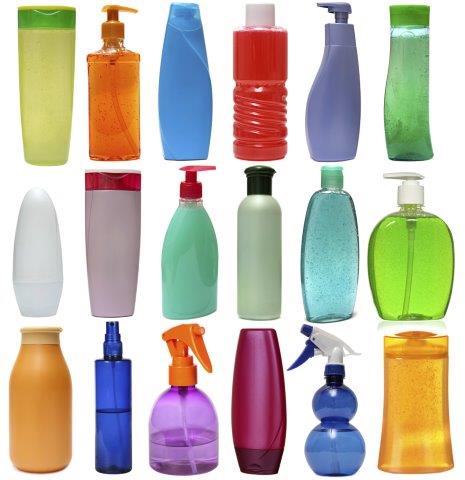FOR IMMEDIATE RELEASE
ACS News Service Weekly PressPac: October 29, 2014
Scientists rank thousands of substances according to potential exposure level
"High Throughput Heuristics for Prioritizing Human Exposure to Environmental Chemicals"
Environmental Science & Technology
An overwhelming number of chemicals from household and industrial products are in the environment – and hundreds are in our bodies. But for most of them, scientists have yet to determine whether they cause health problems. Now they’ve taken the first step toward doing that by estimating which substances people are exposed to the most. Their new method is published in the ACS journal Environmental Science & Technology.
John F. Wambaugh and colleagues note that the risks to human health of any given substance depend primarily on two factors: the potential hazards a chemical presents, and how much of it people are getting exposed to. But public data on these variables are lacking for many substances already in widespread use. About 80,000 chemicals are registered in the U.S. under the Toxic Substances Control Act, and industry adds 700 to 1,000 new chemicals every year. Directly measuring how much of these substances people are getting exposed to would be a Herculean task requiring the time-consuming analysis of thousands of blood or urine samples. Wambaugh’s team sought a more practical approach.
The researchers developed a mathematical model to predict which household and industrial chemicals people are exposed to the most. They based their method on answering five simple questions about the substances, such as whether they are used in consumer products or whether they are pesticides. They used this approach to rank nearly 8,000 chemicals, from highest potential exposure level to lowest. While a few of the top 10 were familiar compounds such as DEHP, a common phthalate that has been shown to cause reproductive problems in rodents, most were substances that scientists know very little about. The researchers say the ranking could help prioritize future efforts that aim to understand potential health risks of thousands of chemicals.
The authors acknowledge funding from the U.S. Environmental Protection Agency.


